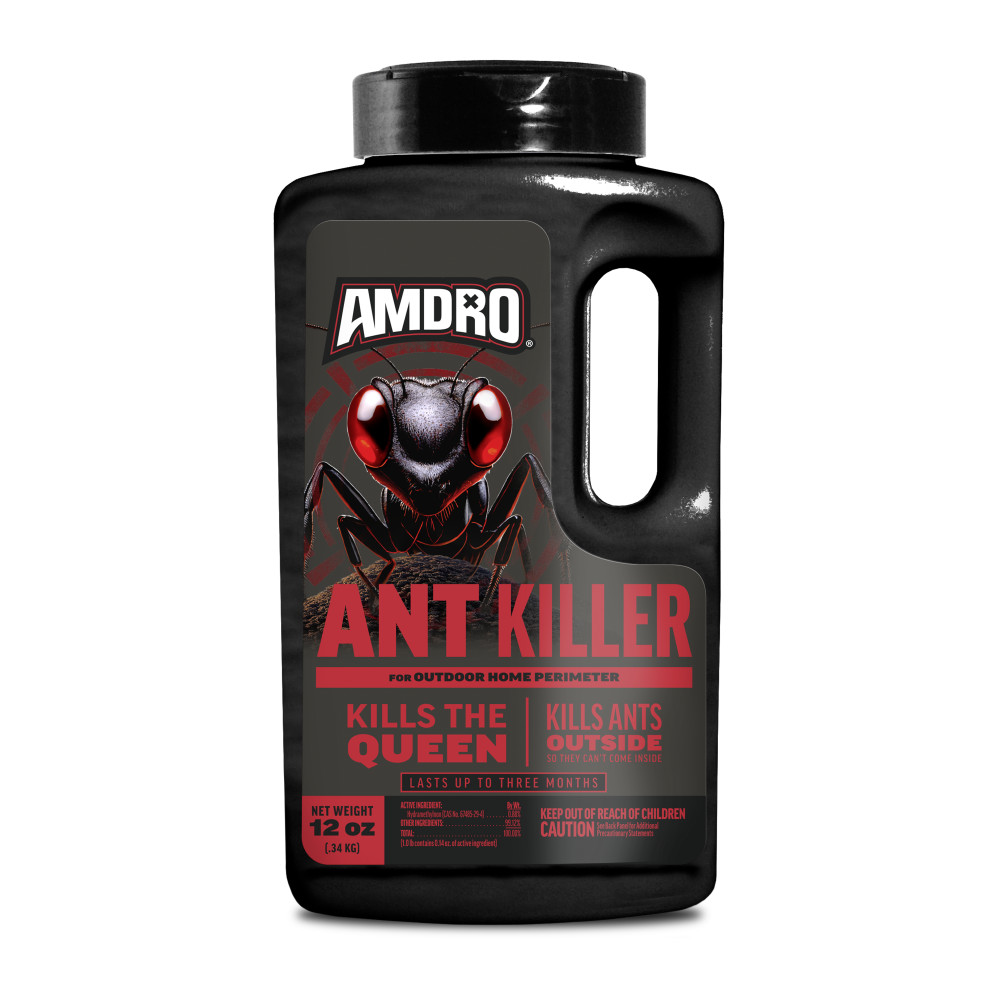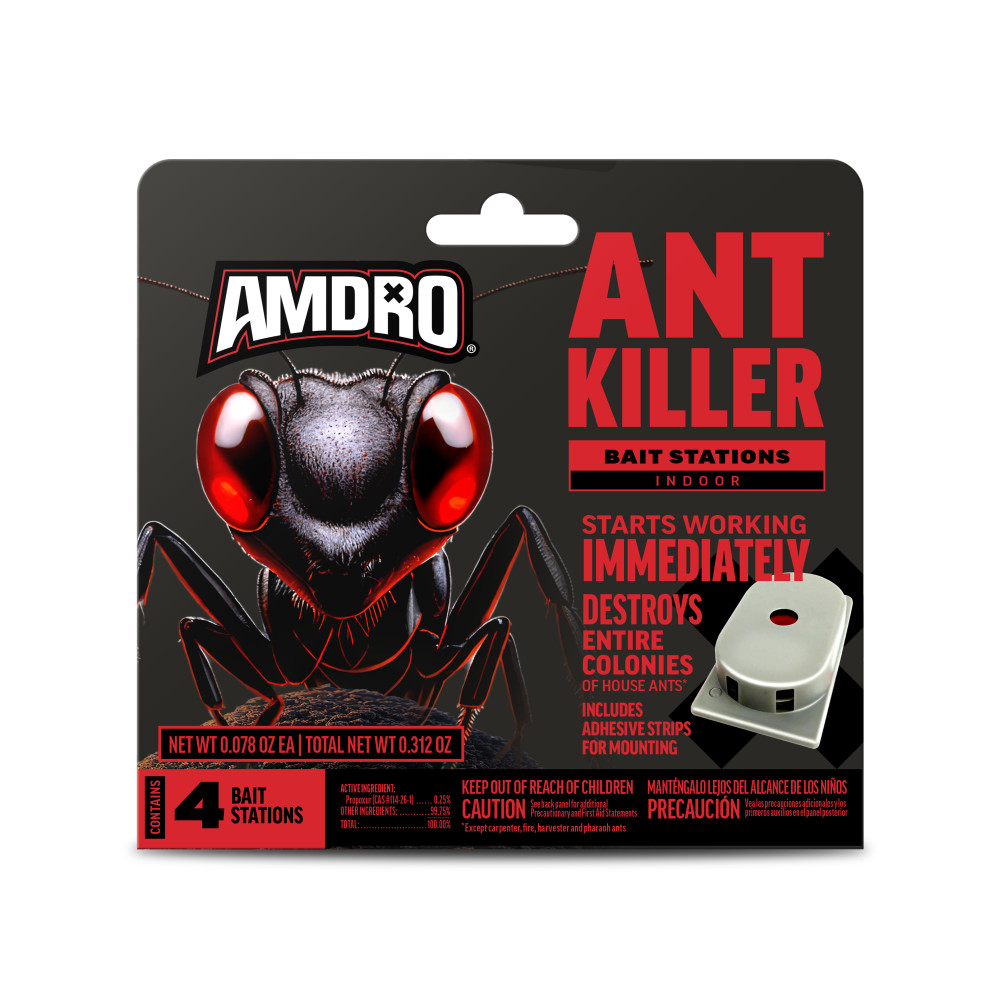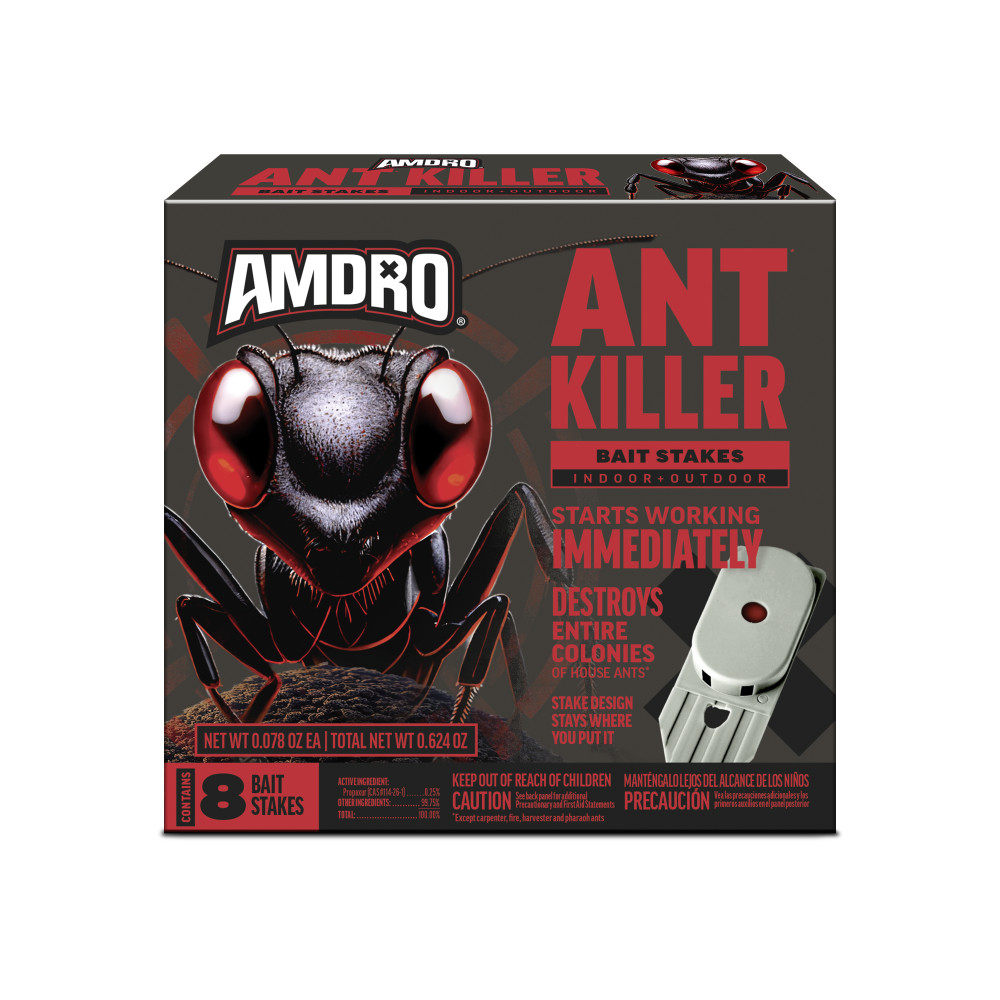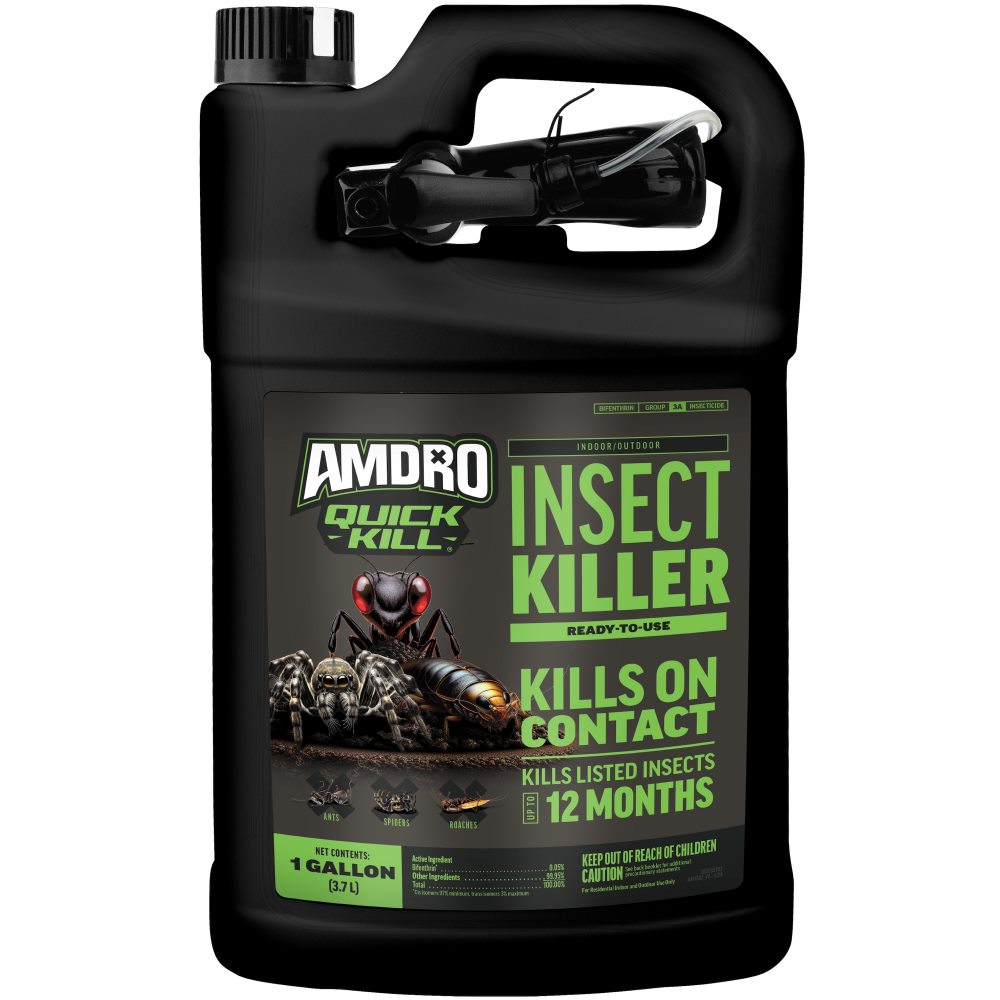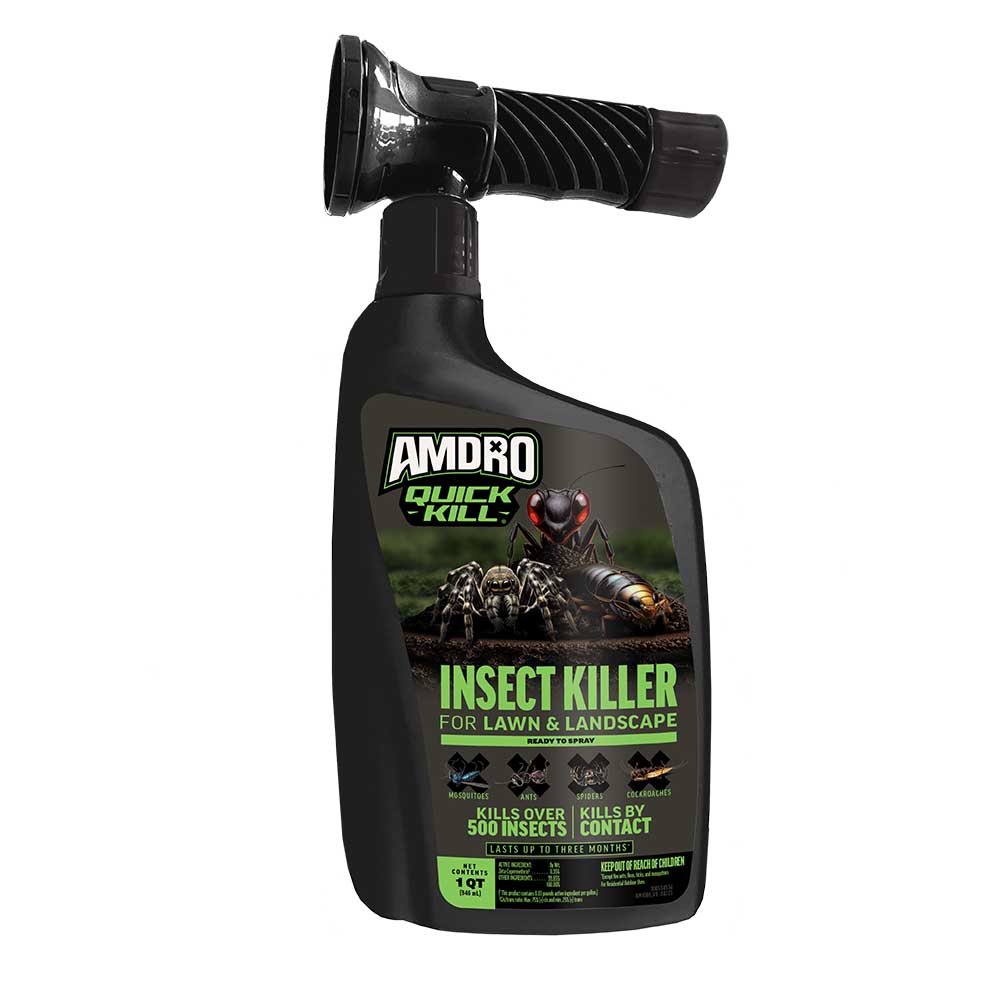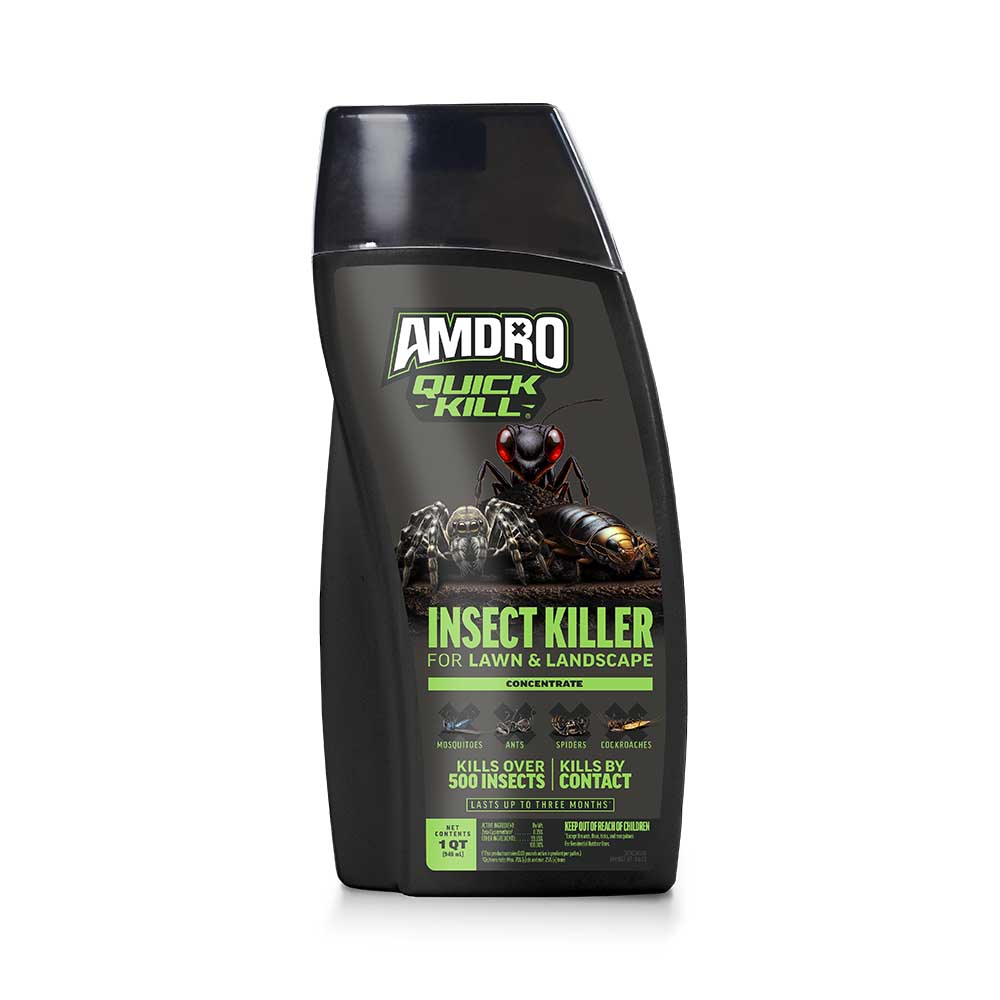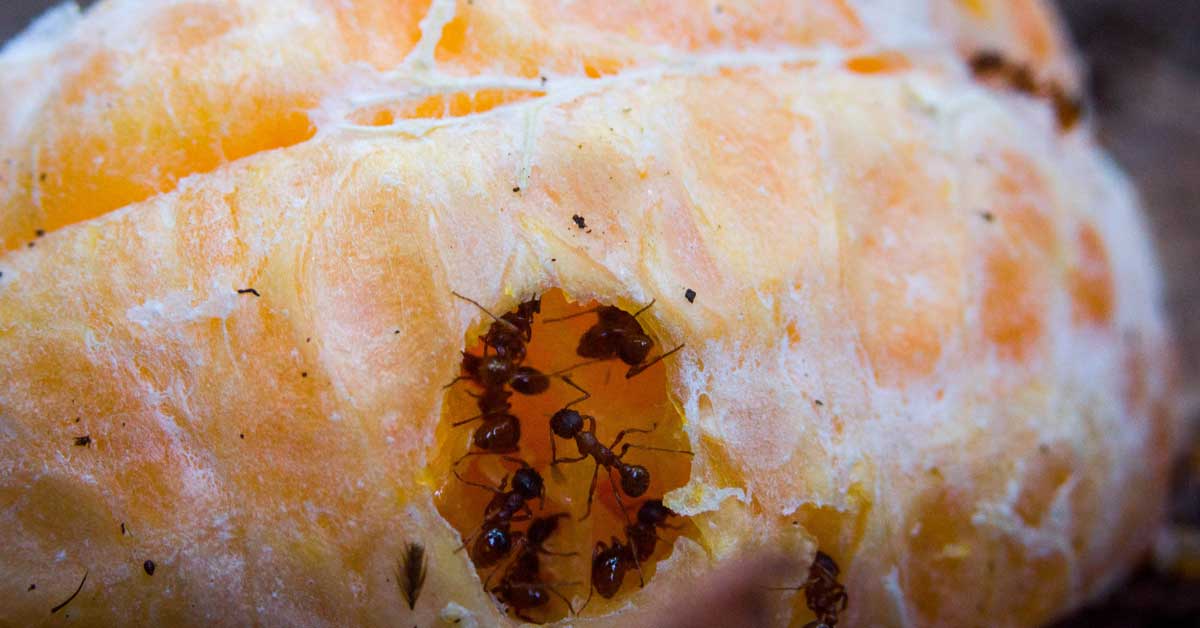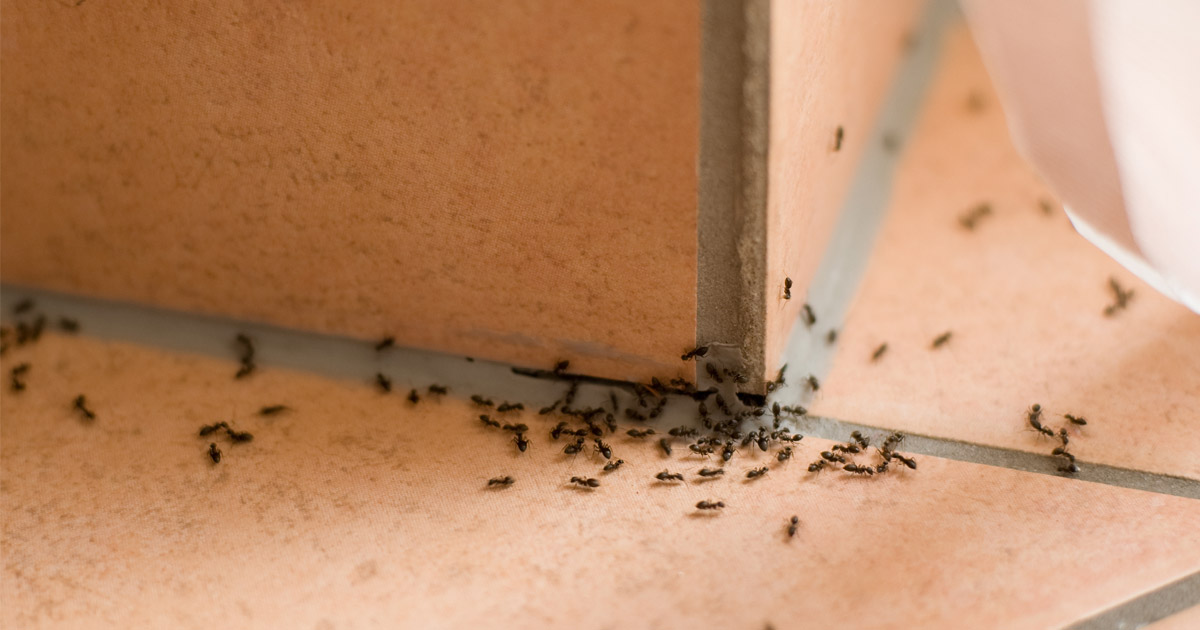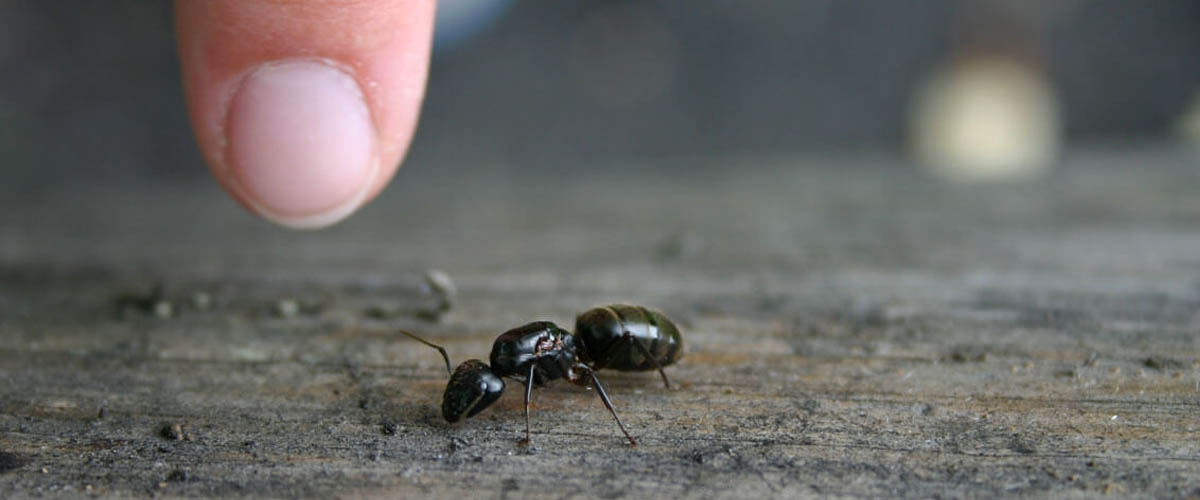Ants
ANT IDENTIFICATION
Hundreds of ant species call North America home, but just a few dozen types cause problems for homeowners. These common intruders vary significantly in size and color. Ranging in length from 1/32 inch to 3/8 inch, they span colors from translucent yellow to black.
Despite these differences, many shared features distinguish ants from other household pests. These include bent or jointed antennae — unlike the straight antennae of termites — and three visibly distinct body segments: head, thorax and abdomen. Ants also have very defined waists, called "petioles," with one or two small, hump-like nodes behind the thorax. Winged ants, called "alates," are tasked with reproduction. They have two pairs of wings, with the front set longer than the set behind them.
Some of the most troublesome indoor and outdoor ant pests include the following:
- Thief ants – These shiny bronze pests, also known as grease ants, have two nodes and can measure just 1/32 inch in length. Once inside, they nest in small, hidden areas and seek out grease, oil and other fats in kitchen cupboards, sinks and drains.
- Pharaoh ants – Capable of carrying disease-causing organisms, these honey-colored ants have two nodes and measure about 1/16 inch in length. Not picky about their food, their menus range from sugar and grease to toothpaste and soap. They nest in warm, dark and moist areas.
- Argentine ants – Measuring up to 1/12 inch with one node, these brown ants release a very unpleasant odor when crushed. They nest in moist areas, indoors and out, and eat all types of human food. They're capable of spreading bacteria.
- Odorous house ants – Dark brown to black in color with one partially hidden node, these pests are 1/10 inch long and emit a foul odor when crushed. They nest near moist wood — from landscape mulch to moisture-damaged indoor wall spaces — and target food ranging from meat and veggies to cereals and fruit.
- Pavement ants – Responsible for the tiny mounds often seen near sidewalks and driveways, these pests measure 1/8 inch long or less, have two nodes and range in color from black to reddish brown. Outdoors, they feast on honeydew from aphids. Indoors, they opt for grease, fats and sweets.
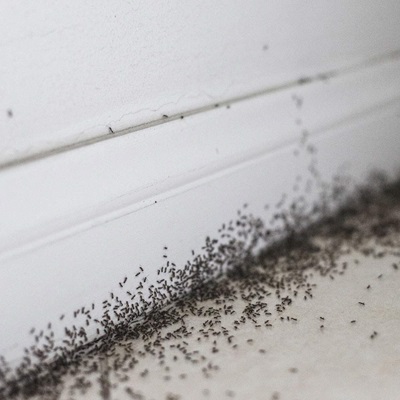
SIGNS OF ANTS
Like wasps and other social insects, ants live together in large colonies. Depending on the species, these colonies can include tens or even hundreds of thousands of ants. Seeing large numbers of ants at once, indoors or out, is a sure sign that problems are brewing.
Small mounds of sawdust-like material indoors can indicate excavating ants, such as carpenter ants, at work inside your home. Outside, small mounds of soil between sidewalk cracks, along your foundation or in your lawn indicate ants expanding their colonies underground.
Though most ants don't damage plants directly, some types protect plant pests, such as aphids so they can feed on the sweet, sticky "honeydew" these plant-damaging pests excrete. Large numbers of ants on garden plants may indicate multiple pests at work.
HOW TO CONTROL ANTS
Effective ant control starts by stopping ants before they get inside your home and using effective products to kill the ants you see as well as those hiding in the colonies. Amdro® brand offers several premium ant control products to put an end to these disruptive pests:
- Amdro Ant Killer for Outdoor Home Perimeter creates a band of protection around your home. Ants carry this "food" back to their colony and the whole colony dies. These granules keep protecting against ant invasions for up to three months.
- Amdro Ant Killer Bait Stakes Indoor+Outdoor and Amdro Killer Bait Stations Indoor are specially formulated to attract common household ants. These easy-to-use options for indoor and outdoor use kill the ants you see and their colonies, too.*
- Amdro Quick Kill Insect Killer for Lawn & Landscape, available in ready-to-spray and concentrate formulas, works in minutes to kill ants and other pests on contact and keeps working for up to three months.** For lawns and plants plagued with honeydew-hungry ants, this product is ideal.
- Amdro Quick Kill Indoor/Outdoor Insect Killer Ready-To-Use, available in convenient sprayer-equipped quart and gallon containers, kills ants on contact and keeps killing ants and other listed pests for up to 12 months. Just shake the container well, and this non-staining liquid is ready for use inside your home or outdoors.
ANT CONTROL TIPS
Like well-trained armies, foraging ants march in line as they move between nests and food. Follow their lead to find colonies and home entry points, then target those areas for treatment and repairs.
* excludes carpenter, fire, harvester and Pharaoh ants
**except fire ants, fleas, ticks and mosquitoes
Always read product labels and follow the instructions carefully.
Amdro, Amdro Quick Kill are registered trademarks of Central Garden & Pet Company.
Pest Gallery
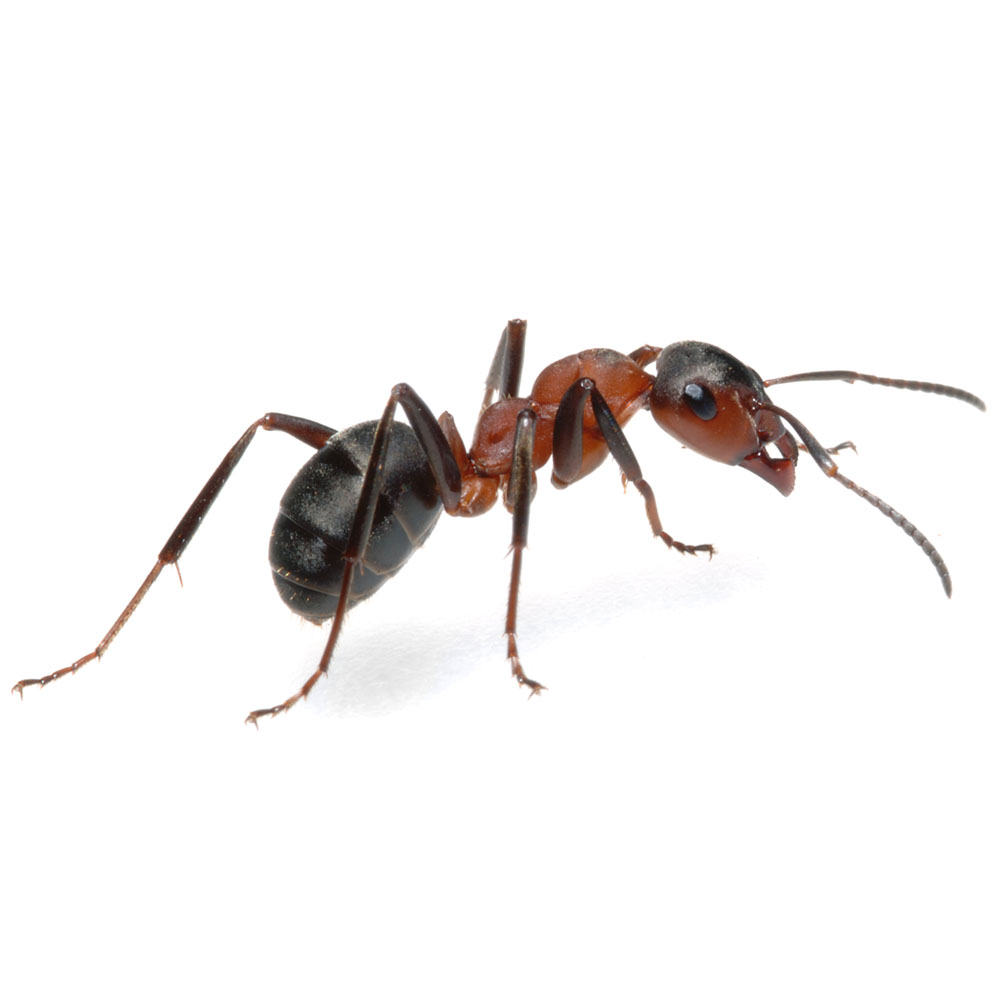
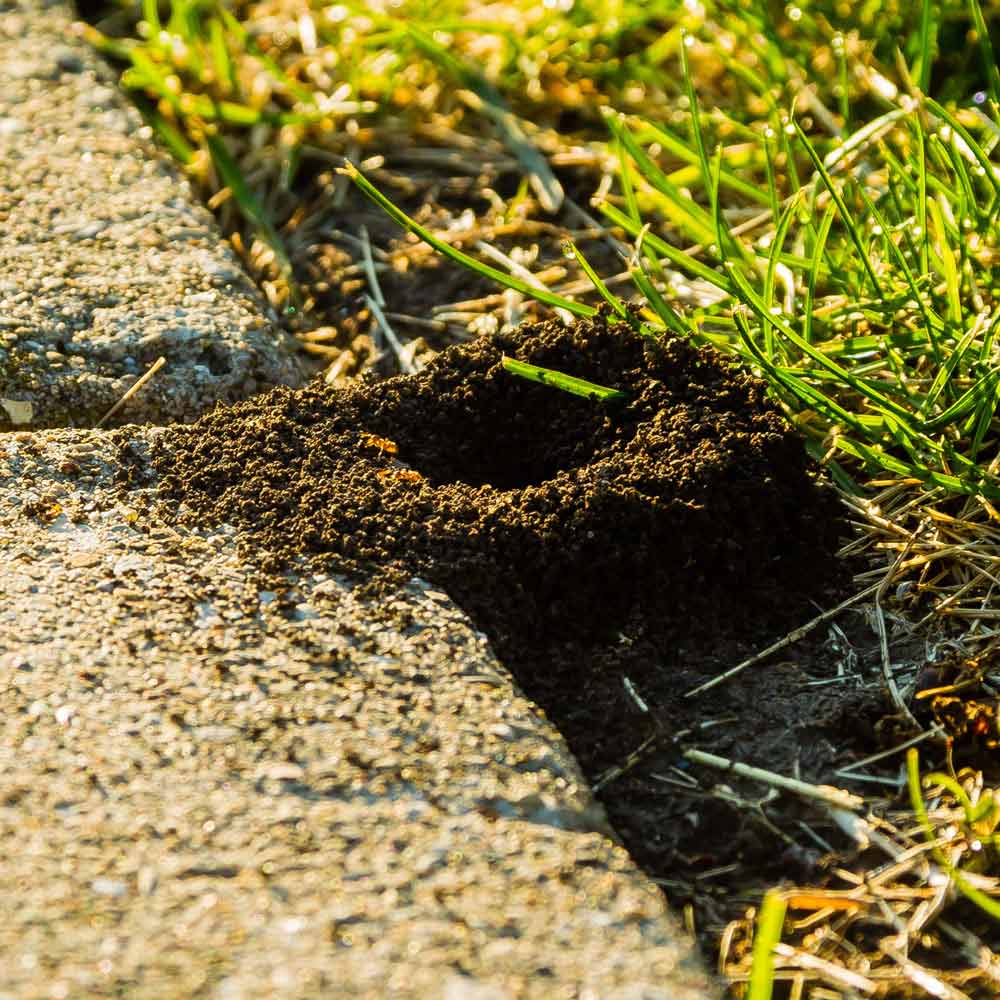
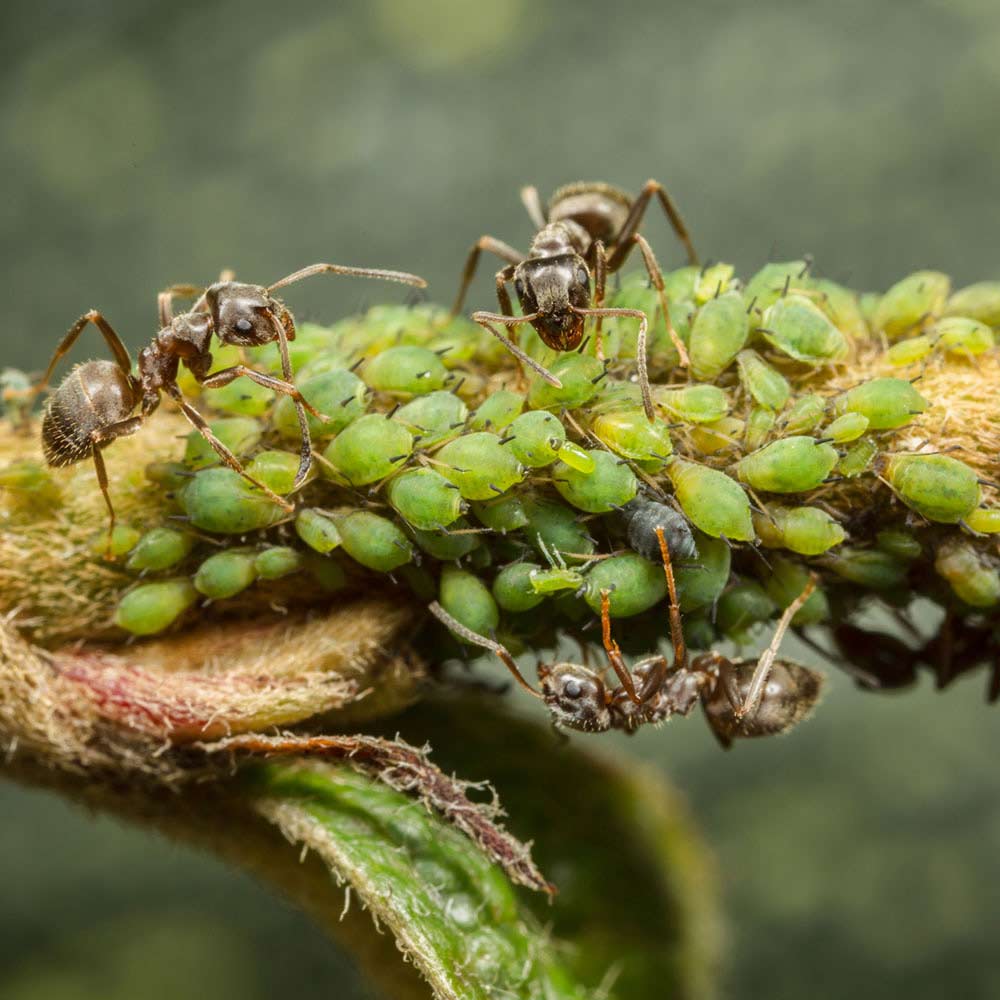
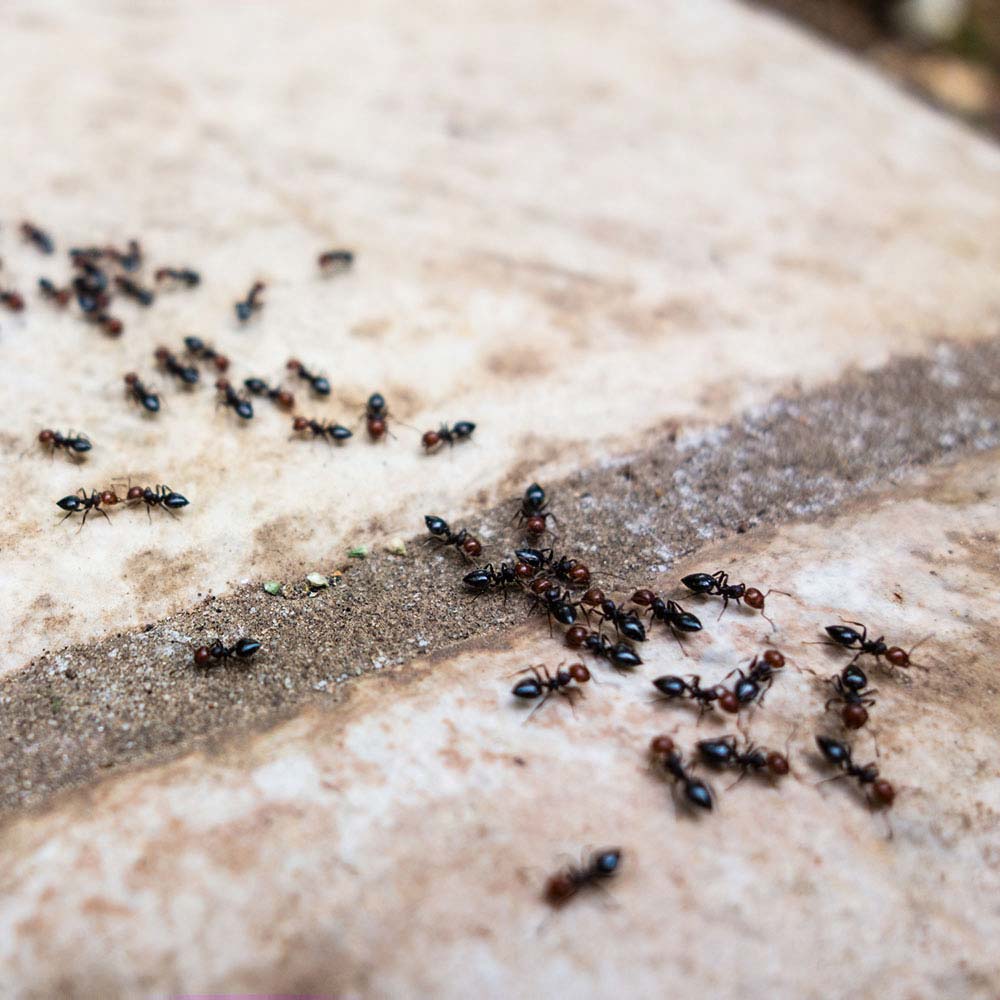
Is this not your insect?


